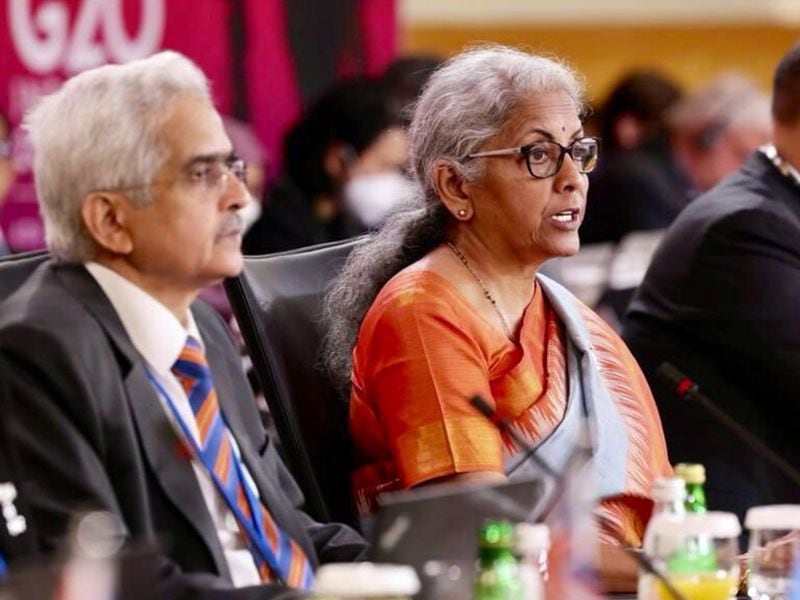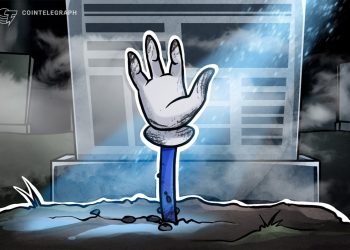India’s retail CBDC pilot has over 5 million users with as many as 16 banks participating.
The nation’s central bank Governor hinted at the possibility of avoiding a full-scale implementation.
India’s central bank Governor Shaktikanta Das has said that while their retail central bank digital currency (CBDC) pilot has over 5 million users, there should not be in any rush to roll out a system-wide CBDC.
The senior most official of the Reserve Bank of India (RBI) was speaking at at a conference in Bengaluru on Monday.
India’s plans for a retail and wholesale CBDC were announced as part of the Finance Minister’s budget speech in 2022. By 2022-end, the RBI launched pilots for both CBDCs. By 2023-end, the retail CBDC hit a million transactions, at least on one day, with a little help from its friends, the banks.
On Monday, Das said as many as 16 banks are currently participating in the retail CBDC pilot but did not reveal a number for the daily transactions.
The RBI has previously said it isn’t in a hurry to implement a full-scale, retail CBDC and has not shared any timeline. But on this occasion Das hinted at the possibility of avoiding a full-scale implementation.
“Actual introduction of CBDC can be phased in gradually,” Das said. “It is important to emphasize that there should not be in any rush to roll out system-wide CBDC before one acquires a comprehensive understanding of its impact on users, on monetary policy, on the financial system and on the economy.”
Since the start of 2023, the RBI has been exploring offline payments and programmability and Das said this was being tested.
“The programmability feature of CBDC could serve as a key enabler for financial inclusion by ensuring delivery of funds to the targeted user,” Das said while pointing to two use cases involving farmers launched as part of their pilot recently; Programming the end use for purchase of agricultural inputs to comfort banks and establish the farmer’s identity; farmers getting purpose bound money for generation of carbon credits.
Das also said other “new use cases aimed at testing features such as anonymity and offline availability are proposed to be rolled out gradually.”






















